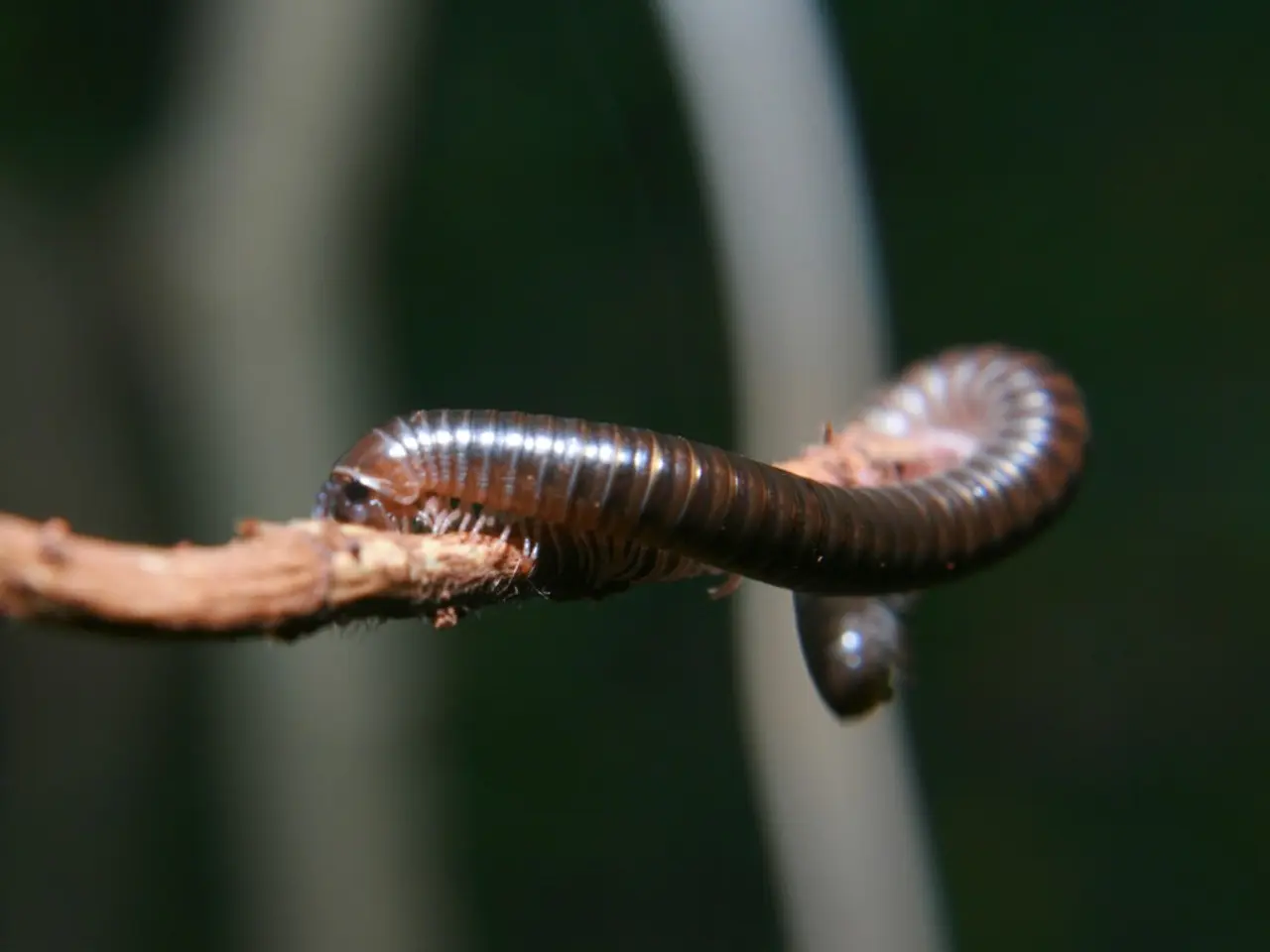Stem Cell Discovery Offers New Hope Against RNA Viruses
Scientists at the Francis Crick Institute have made a groundbreaking discovery. They found a mechanism in mammalian stem cells that safeguards them against RNA viruses such as SARS-CoV-2 and Zika. This protection was previously believed to have vanished during mammalian evolution.
The study, published in Science on July 8, 2021, reveals that a protein called antiviral Dicer (aviD) plays a key role. aviD works by chopping up viral RNA, halting its replication. This mechanism, known as RNA interference, was thought to have been lost in mammals.
In lab tests, aviD significantly reduced SARS-CoV-2 infection in human cells. It also shielded mouse brain organoids from both Zika and SARS-CoV-2 viruses. The researchers plan to create a mouse model to delve deeper into aviD's effects and importance in mammalian stem cells. Notably, stem cells lack the ability to mount an interferon response, making this mechanism vital for their defense.
The discovery of this protective mechanism in mammalian stem cells could pave the way for new therapies against RNA viruses. Further research, including the creation of a mouse model, is underway to fully understand and harness this crucial defense system.






